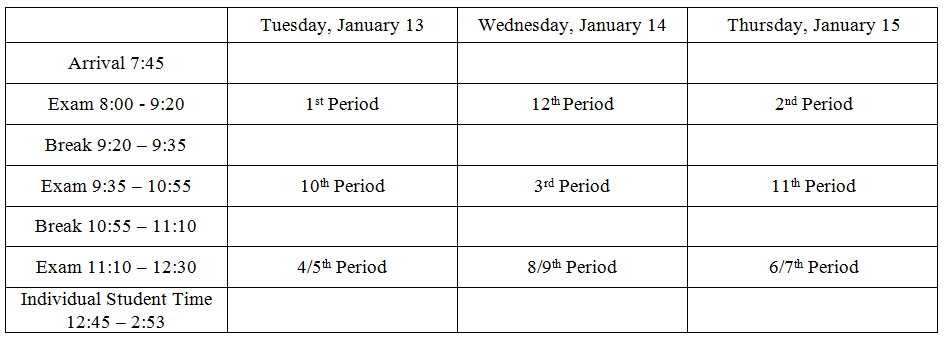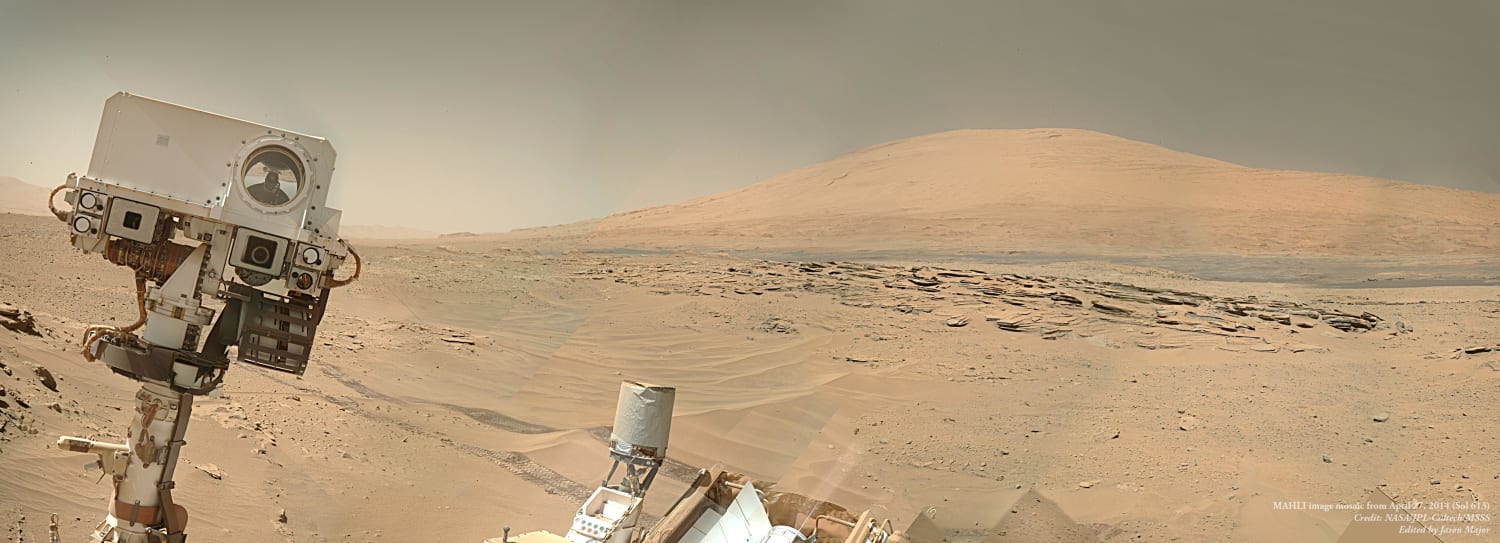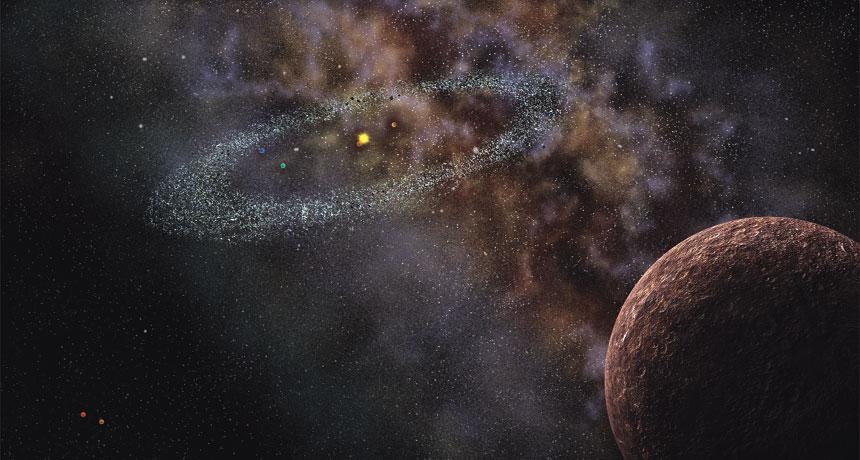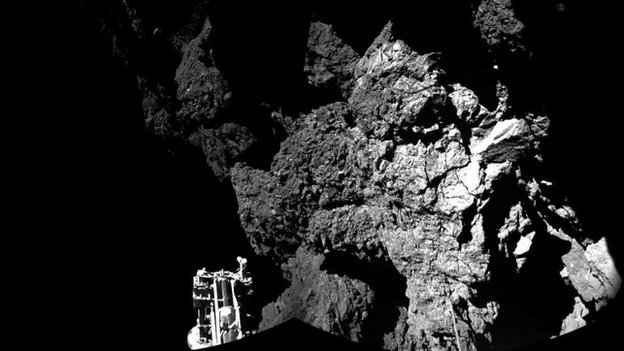We’re almost done with JANUARY! Time FLIES when you toss an exam week into a month!
This Week in AP Physics
We will continue to explore fluid mechanics by completing our debrief of homework 1 on Monday so that you can take a quiz over hydrostatic pressure on Tuesday. Also on Monday we will examine buoyancy so that you can do homework 2 for Wednesday. Our next topic will be fluids in motion as we explore fluid flow continuity and Bernoulli’s equation. Expect a test by the end of next week.
This Week in Physics
On Monday we will complete assignment 2 so that we can take a quiz on Tuesday or Wednesday, as announced. Next we will perform our collisions experiment, which I think is a lot of fun! As announced after the lab, please take notes on Podcast 5 – Elastic Collisions part , Podcast 6 – Elastic Collisions part 2, Podcast 7 – Totally Inelastic Collisions part 1, Podcast 8 – Totally Inelastic Collisions part 2, and Podcast 9 – Inelastic Collisions.
This Week in Astronomy
If you have not already done so, please download the Astronomy Course Policies and Procedures document, go over it with your parent(s) or guardian(s), print the last page, sign it, and turn it in. This was due on Friday, January 23rd. This week we will continue our quest to master star mapping and will turn our attention to analyzing the position of stars as viewed from different latitudes on Earth. Podcast 1 – Star Mapping and Podcast 2 – Celestial Equator and Celestial North Pole will support your learning. This is a big week for the planetarium! 🙂
(Not Really) Cool Science of the Week
Two things happened this week that made me think about climate change. One was the news that 2014 was the warmest year on record for our planet. (Yes, even though it was cold here, the rest of the world more than made up for our polar vortex chilliness.) The other thing that happened was I saw an ad by Skype about a Pacific island nation called Kiribati that is literally drowning as sea levels rise. I questioned this…How can a whole island drown? It turns out to be true. The island is only ten feet above sea level, and the oceans are rising at an accelerating rate. Within twenty to thirty years, the ocean waters should be so high that the groundwater (the only source of fresh drinking water on any island) will be contaminated. The government of the island is faced with the enormous challenge of finding a new home for all of their 102,000 people. Emotionally, the country is bracing itself to lose its culture and its community, raising the question, if a nation drowns, is it still a nation?








